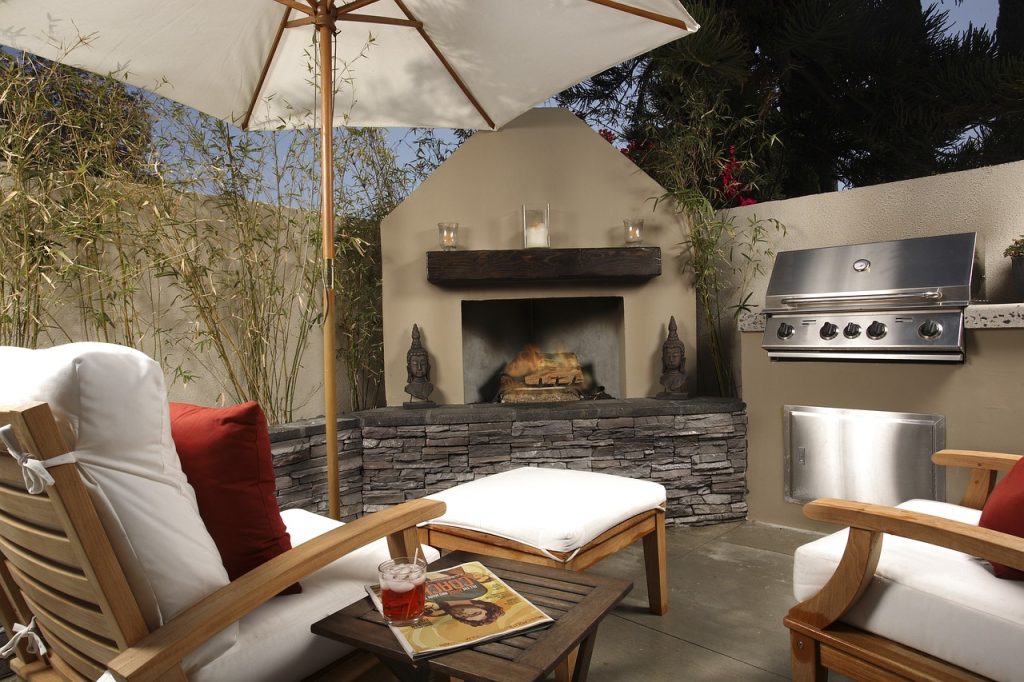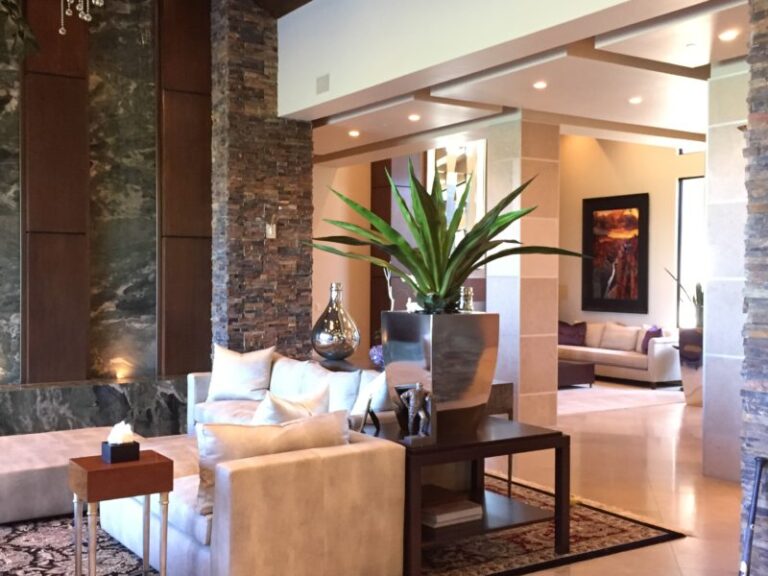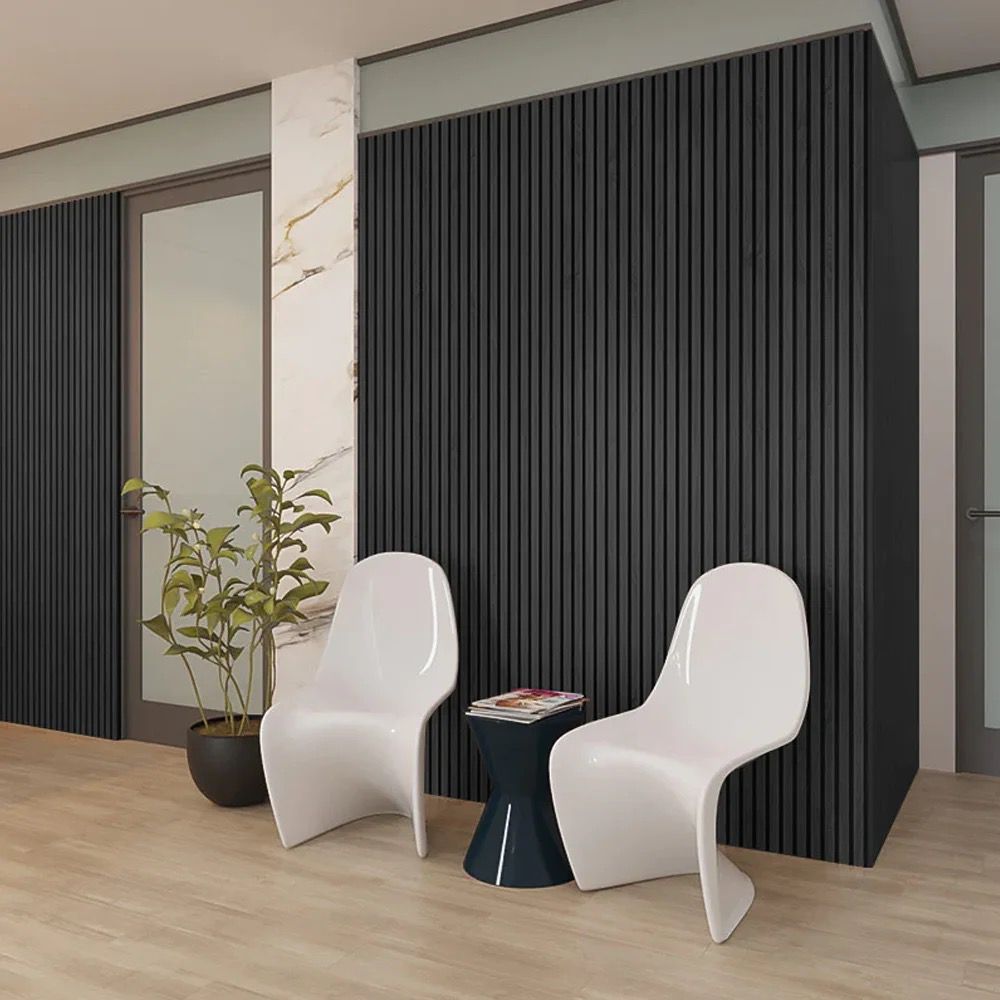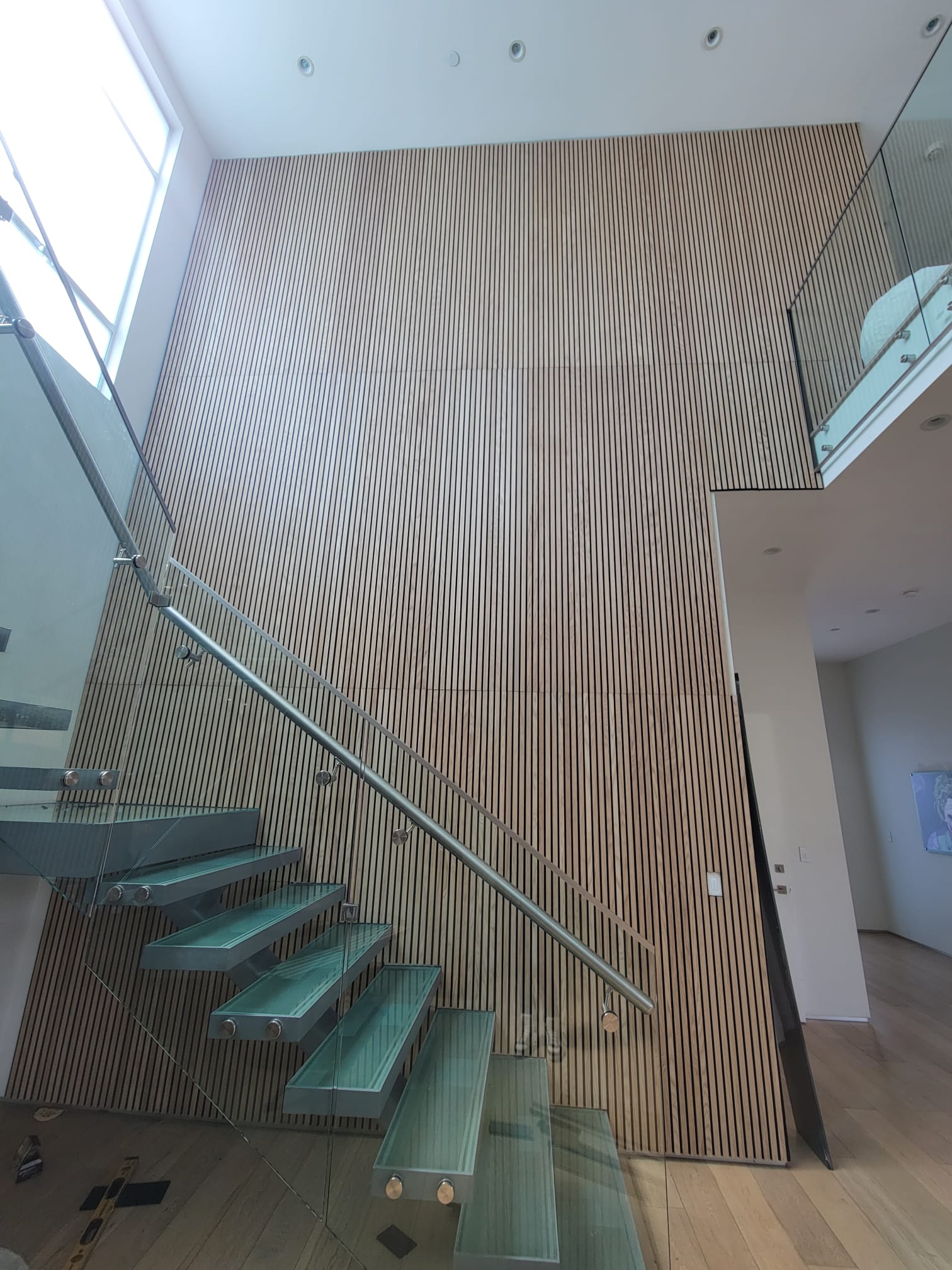Creating a Comfortable Outdoor Setup at Home with a Patio Coffee Table and Daybed

Transforming your outdoor space into a haven of comfort and style is easier than you think. With the right furniture, such as a patio coffee table and a cozy patio daybed, you can create the perfect retreat for relaxation, entertaining guests, or enjoying quiet moments outdoors. Here’s how to design a comfortable outdoor setup that combines functionality with aesthetic appeal.
Start with the Basics: The Patio Coffee Table
A patio coffee table serves as the centerpiece of your outdoor seating arrangement. Whether you’re enjoying morning coffee, hosting a casual gathering, or displaying decorative accents, a well-chosen coffee table ties your space together.
When selecting a patio coffee table, consider these factors:
- Material Durability: Opt for weather-resistant materials like teak, aluminum, or tempered glass. These materials withstand exposure to the elements while maintaining their aesthetic appeal.
- Size and Proportion: Choose a size that complements your seating arrangement. A rectangular or oval table works well for larger spaces, while a compact round table is ideal for cozier areas.
- Functionality: Look for tables with added features, such as lower shelves for storage or a built-in ice bucket for drinks. These functional extras make your space more versatile.
Maximize Comfort with a Patio Daybed
Nothing says relaxation like a patio daybed. These luxurious additions to your outdoor setup offer the perfect place to lounge, nap, or enjoy a good book under the sun.
Here are tips for selecting the right patio daybed:
- Cushion Comfort: Prioritize thick, high-quality cushions with weatherproof covers. Quick-drying foam and fade-resistant fabric ensure the daybed remains plush and vibrant even after exposure to the elements.
- Adjustability: Many patio daybeds come with adjustable backrests or modular designs. These features allow you to customize the seating arrangement for maximum comfort.
- Shade Options: Consider daybeds with built-in canopies or attachable umbrellas to protect against the sun. This feature is especially useful if you plan to spend extended hours lounging outdoors.
Create a Cozy Ambiance
To make your outdoor setup more inviting, focus on creating a cozy and stylish ambiance:
- Layered Textures: Add outdoor throw pillows, blankets, and a weather-resistant area rug to bring warmth and texture to the space. Choose colors and patterns that complement the natural surroundings.
- Lighting: Incorporate string lights, lanterns, or solar-powered lamps to create a soft, glowing atmosphere for evenings.
- Plants and Greenery: Surround your seating area with potted plants or vertical gardens to infuse life and vibrancy into the space.
Arrange for Functionality
When setting up your outdoor patio coffee table and daybed, think about flow and accessibility. Position the coffee table within easy reach of the daybed and any additional seating. Leave enough space for movement while maintaining a cohesive and balanced layout.
Maintenance Tips
To keep your outdoor setup looking pristine, invest in protective covers and clean your furniture regularly. Store cushions during heavy rain or harsh winters to prevent wear and tear. A little upkeep goes a long way in preserving the comfort and style of your space.
Conclusion
With a well-chosen patio coffee table and daybed, you can create an outdoor setup that’s both functional and luxurious. By focusing on durable materials, comfort, and thoughtful design, you’ll have a space perfect for unwinding, entertaining, or enjoying nature from the comfort of your home. Visit https://summerclassics.com/ for outdoor luxury furniture that stands the test of time, combining timeless design with exceptional durability for lasting beauty and performance.




 Suitable for small areas
Suitable for small areas


